In the days and weeks leading up to the Nordic events of the 1980 Olympic Games in Lake Placid, snow was hard to come by. Thanks to the dedicated efforts of the local community, mostly consisting of heavy shoveling and snow-moving, the Olympic races were contested, and some of the more memorable races in the history of the sport took place.
Most notable may have been Thomas Wassberg’s narrow .01 second victory over Finnish skier Juha Mieto in the 15-kilometer event. Wassberg’s immense efforts in the final moments of the race led to an extraordinary and captivating result, and the closest race in Olympic history.
A few days before the races of the St. Lawrence Carnival, the opening weekend of the EISA racing circuit, it was hard not to dwell on those same imposing factors: a lack of snow and a narrowing window of time.
Though the East had been treated to a good amount of snow over the holidays, a warm spell over the recent weekend had left the trails at Mt Van Hoevenberg patchy, icy and pock-marked with mud and dirt.
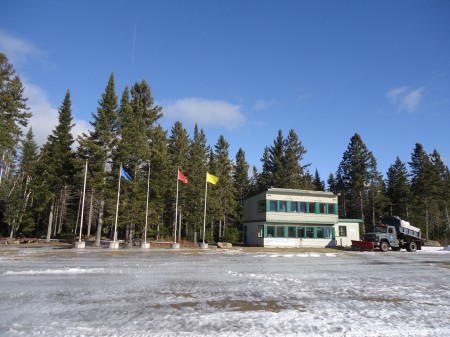
“The stadium was an ice-skating rink,” said Margaret Maher, head coach of the NYSEF (New York Ski Education Foundation) Nordic team, and the event’s Chief of Competition. “We knew we were going to have to make adjustments.”
Those adjustments came in the form of massive snow-moving and shoveling efforts in the early part of the week, not unlike the work leading up to the 1980 Olympics.
The Olympic Regional Development Authority (ORDA) used heavy machinery and trucks to move snow from further parts of the Olympic Sports Complex into the stadium area. Grooming equipment was then used to spread and level the snow.
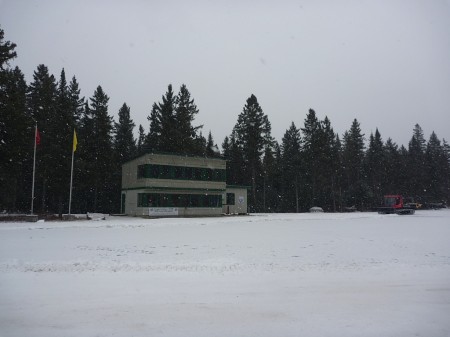
Meanwhile, members of NYSEF and the St. Lawrence University ski team walked the trails with shovels and rakes, using what little snow lay in the woods to cover bare patches of trail. Students at nearby North Country School shoveled snow on the network of trails across the road on Van Hoevenberg’s Biathlon network to allow for public use during the race weekend.
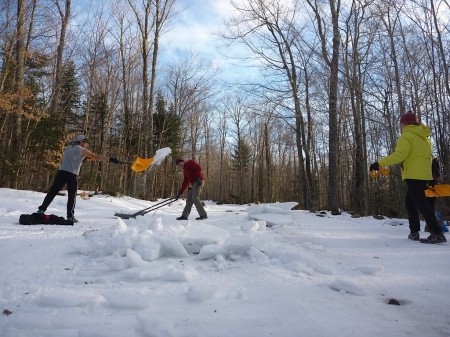
By Wednesday afternoon a 4.5k loop had been completely restored to racing quality. The few inches of snow that fell throughout the week helped to solidify a fair and fully snow-covered course. Though it was not the loop initially planned for Friday’s distance races, the trail was long enough to keep the original 3 (women) and 4 (men) laps intended for the events, with only minimal loss of total distance. The races went off without issue.
Friday: 15/20k Skate
Racing began Friday morning, featuring interval-start races of 18 kilometers for men and 13.5 kilometers for women. Cold temperatures resulted in a delayed start, and at the end of the long day two University of Vermont skiers stood atop each podium.
After a Sophomore year plagued by health issues, Scott Patterson used a renewed summer of training and motivation to return to the top form that saw him win the first EISA Carnival he ever raced in, the St. Lawrence Carnival of 2011. Patterson’s racing shape seemed eerily better at the 2013 edition of the SLU Carnival, however, as he took the win by over 2 full minutes. Patterson started fast and never looked back, holding the fastest lap splits for each of the 4 laps and essentially pulling thirty seconds further ahead of the field and second place finisher Silas Talbot (Dartmouth) with each successive trip around the course. The Big Green was also represented on the podium by Scott Lacy, who helped lead the Dartmouth men to a narrow victory over the UVM men in the team score. Rogan Brown (UVM) and Steve Mangan (Dartmouth) rounded out the top 5.
Both UVM and Dartmouth showed impressive depth, collectively taking 9 of the top 10 places. Ben Lustgarten of Middlebury, who placed 7th, was the only skier to break up the UVM/Darmouth grouping.
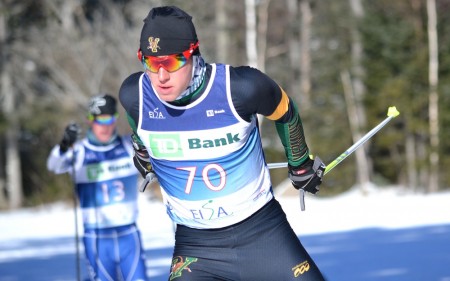
Temperatures warmed only slightly for the women’s race, where Vermont’s Anja Gruber took the victory to give the Catamounts an individual sweep of Friday’s races. Gruber’s margin of victory was not quite as dominant as Patterson’s, however, and the ladies of the University of New Hampshire put together a strong scoring trio directly behind her. Anya Bean, Annika Taylor and Elizabeth Izzo took places 2 through 4, respectively, giving UNH a solid victory in the team score.
With a finish that likely turned many heads, Bowdoin Junior Kaitlynn Miller rounded out the top 5. Miller’s 5th was the best Bowdoin women’s result in the school’s history, and a result that matched Walt Shepard’s two 5th-place finishes during the 2008 season for the best Bowdoin finish ever, male or female.
“We knew that Kaitlynn was in great shape,” said head Bowdoin coach Nathan Alsobrook on Saturday, “but yesterday’s race exceeded our highest hopes.”
With the cold spell ending overnight, the racing continued with faster conditions on Saturday.
Saturday: 3k Prologue
Saturday’s races were originally scheduled to run as classic sprints, but the lack of snow depth and course availability led organizers to work out an alternative race format. During the early stages of the week, when low-snow still posed a threat, several ideas were presented.
“Ethan [Townsend, head SLU coach] and I tossed around several ideas, including a skate sprint and a mixed-gender relay,” said Maher of Saturday’s race options. “Ultimately it came down to the size of the stadium we could create and the finish area we could use.”
The result? A relatively new race format adapted from the World Cup and Tour De Ski. Several small modifications were made to the 4.5k race loop from the previous day, resulting in a 3.2k “Prologue” event. This was the first time a race of this distance had been featured on the EISA circuit.
While some jokingly referred to the event as an “Epilogue” due to it being the second and last race of the weekend, the competition itself was approached very seriously by the racers, and included many close finishes.
Scott Patterson made it 2-for-2 on the weekend, winning the men’s race in 8 minutes flat. Jordan Buetow of Bates followed 4.5 seconds behind, looking relaxed and using his considerable height to generate noticeable speed on the course’s flatter sections. Cole Morgen of UVM took the final step of the podium, 2 seconds behind Buetow.
Peter Hegman (UVM) and Thomas Rabon (Dartmouth) completed the top-5, with the UVM men earning the top team score.
In the women’s race the University of New Hampshire continued its strong start to the 2013 season. The local crowd at Mt. Van Hoevenberg had good reason to celebrate as the results became official: hometown skier Elizabeth Izzo, who hails from Lake Placid and skied for the NYSEF before becoming a Wildcat, took her first EISA Carnival victory. “’Lizzo” completed the loop on her home course in 9:12.6, exactly one second ahead of runner-up Anja Gruber (UVM), who collected her second podium finish of the weekend. Another relative local originally from Queensbury, NY, Carly Wynn (Dartmouth) took the bronze just .3 seconds behind Gruber.
Anya Bean (UNH) and Annika Taylor (UNH) moved down the ranks only slightly from their podium performances the day prior to round out the top 5 and again give the UNH women the top team score.
EISA racing continues next weekend on a brand new trail network. Quarry Road in Waterville, Maine will play host to the Colby Carnival for the very first time. The event website can be found by clicking below.
Adam Terko
Adam Terko is the assistant coach of the St. Lawrence University Ski Team

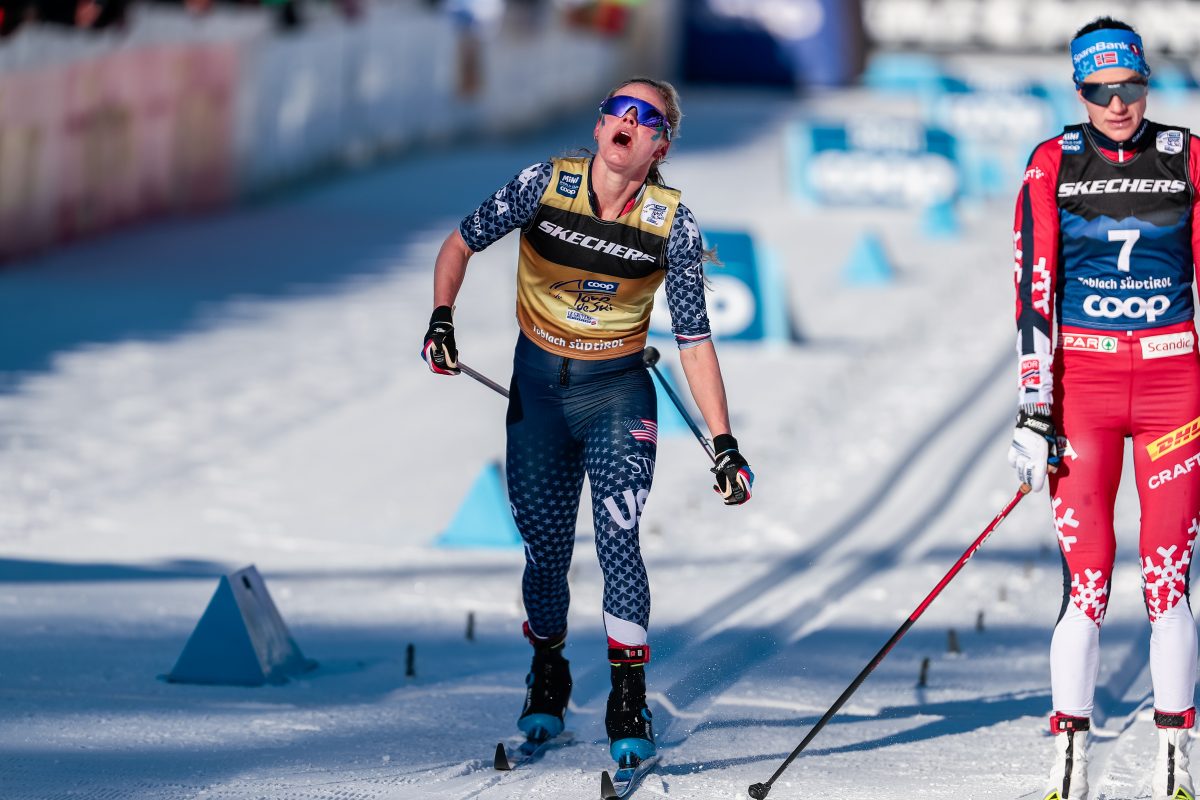
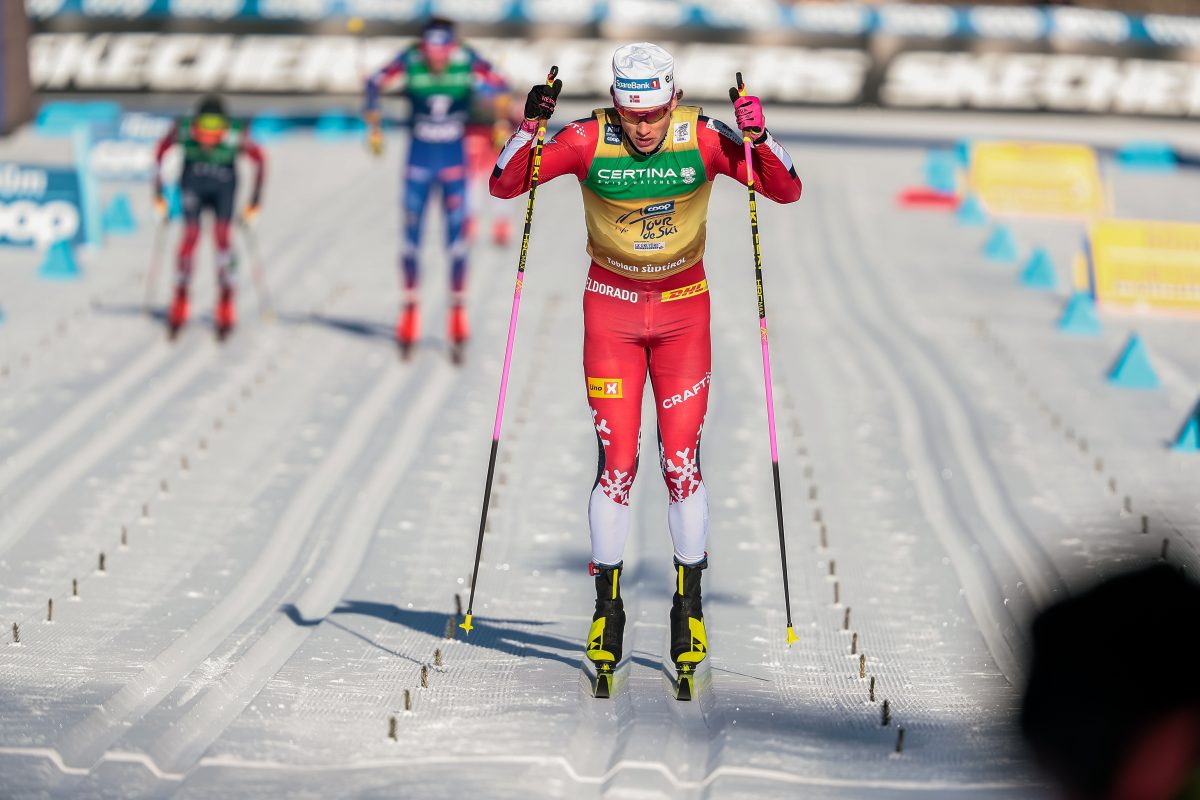
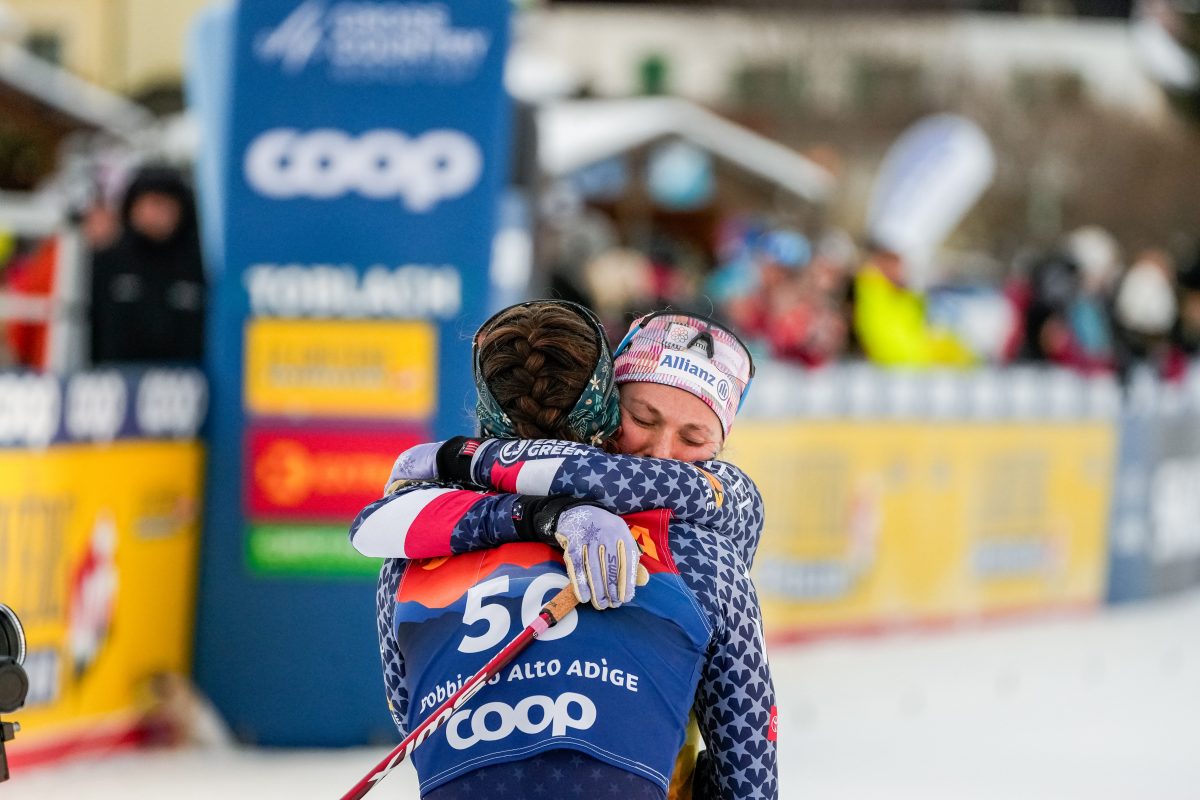
2 comments
mmb2158
January 21, 2013 at 8:48 am
Just for the record, it was North Country School that volunteered to do the snow shoveling to the biathlon side. They are regular helpers here at Mt. Van Hoevenberg and we appreciate all that they do!
Adam Terko
January 21, 2013 at 10:26 am
noted, thank you!